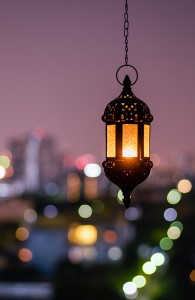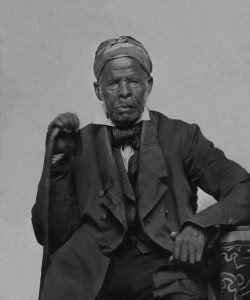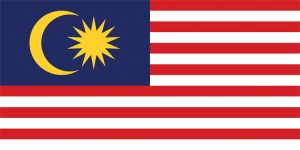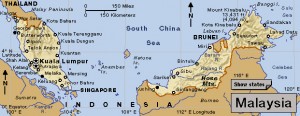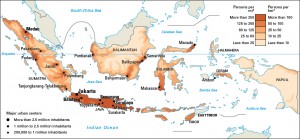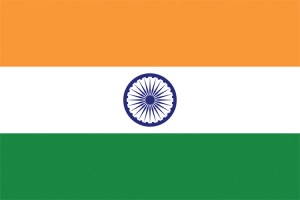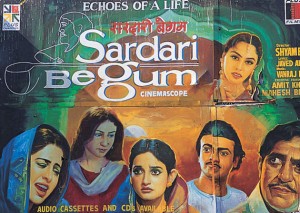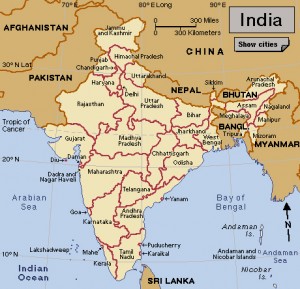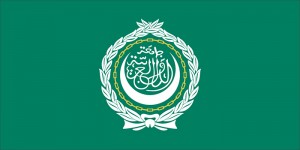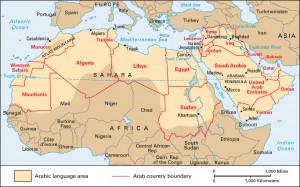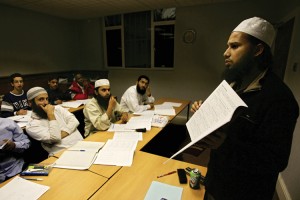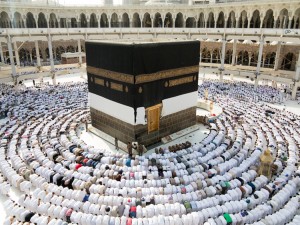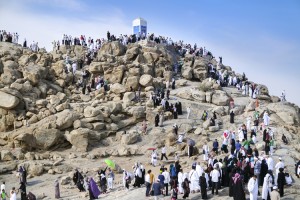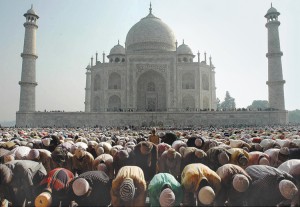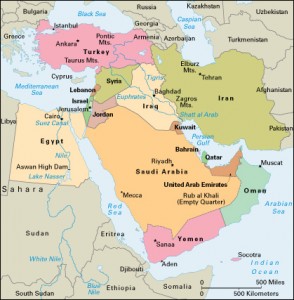Happy Id al-Fitr!
Wednesday, May 12th, 2021The evening of Wednesday, May 12, marks the beginning of Id al-Fitr (also spelled Eid al-Fitr) in many parts of the world. Id al-Fitr celebrates the end of Ramadan, an Islamic holy month when Muslims may not eat or drink from morning until night. Muslims celebrate their accomplishment of the monthlong fast by offering gifts and charity and sharing festive meals. Id al-Fitr means Feast of Fast-Breaking in Arabic.
Id al-Fitr takes place during the first three days of Shawwal, the 10th month of the Islamic calendar. It moves backward through the seasons, because the Islamic calendar is based on the moon. That makes the Islamic year much shorter than the solar year. Id al-Fitr is also called the smaller festival, in comparison with Id al-Ad-ha, the other major festival of Islam, which lasts four days.
In the morning on the first day of Id al-Fitr, Muslims gather in open spaces or in a mosque an hour after sunrise to perform a special community festival prayer service, which includes a special prayer called the salat al-id. The three days of the festival are filled with visits and meals shared with family, friends, and neighbors. Children receive gifts.
In Turkey, Id al-Fitr is called the sweets festival. A popular dessert is baklava, made of thin layers of pastry, honey, and chopped nuts. Another pastry, kadayif, is made with shredded wheat.

